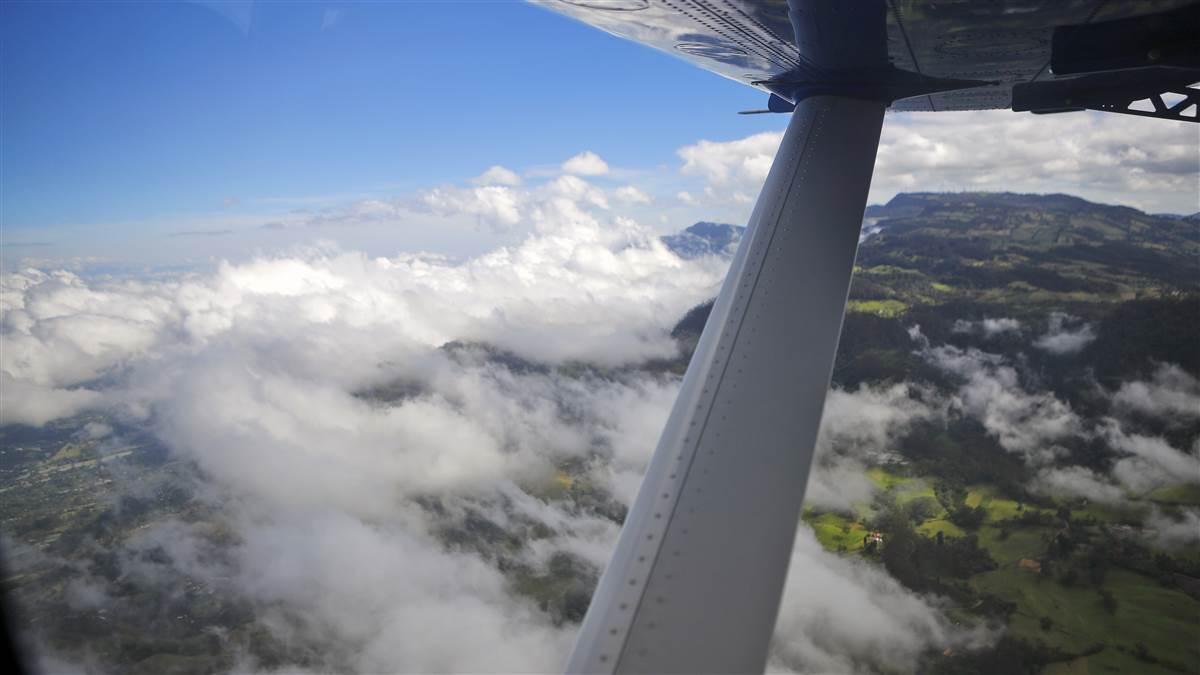Effects of Humidity on Aircraft Performance
Weather is a significant factor regarding the performance of an airplane. It can either cause for ideal flying conditions with superb aircraft performance, or it can make flying a chore when it hinders aircraft operations. Different locations have different environmental factors that affect how an aircraft performs, and as I am from Texas where the average humidity for the year is 70%, I have decided to discuss how humidity affects the performance of an airplane.
"Humidity is a general term referring to some measure of the water vapor content of the air" (AMS, 2000). In my experience, I feel like humidity is generally not a factor that most take into consideration when calculating aircraft performance data, and it is more often than not just written off simply as slight annoyance. However, humidity, particularly when in the higher levels, can cause significant declines in aircraft performance. Airplanes are able to fly due to the lift generated from the pressure difference between the top and bottom of the wing that is caused by the airplane moving through air particles. The more air particles present, the more lift that is generated. In the presence of humidity however, the wings of an airplane have less air molecules to grip onto because "water vapor is less dense than dry air ,.. and its presence will therefore decrease the density of the air and increase the density altitude" (Lavenson, 2019). The higher the density altitude, the less air molecules there are present, therefore an aircraft will experience lower performance due to the lower amounts of lift being generated. The FAA also notes that "if high humidity does exist it is wise to add 10 percent to your computed takeoff distance and anticipate a reduced climb rate" (Lavenson, 2019).
 |
| Note. From AOPA[photograph], by Chris Rose https://www.aopa.org/news-and-media/all-news/2019/july/pilot/proficiency-it-is-not-the-heat |
air causes the engine to have less available oxygen for combustion which can lead to a richer mixture and therefore reduced power. Humidity can finally lead to carburetor icing which "frequently occurs when the ambient air temperature is above 0° C, the dominant factor being the moisture content of the air" (WMO).
There is little we can do to mitigate the effects that high humidity has on the aerodynamics of an aircraft, however engine performance can be improved if you have a propeller aircraft and can install a turbo or supercharger. The best course of action in high humidity conditions is to take it into account when calculating aircraft performance date and expect longer take-off and climb distances.
References:
Glossary of Meteorology. 2nd Ed. ([AMS], 2000), American Meteorological Society. 855 pp.
World Meteorological Organization. Aviation | Hazards | Icing | World Meteorological Organization. (n.d.). Retrieved August 11, 2022, from https://community.wmo.int/activity-areas/aviation/hazards/icing#:~:text=Engine%20Icing,-Some%20aircraft%20are&text=When%20humid%20air%20enters%20the,moisture%20content%20of%20the%20air.
Lavenson, M. (2019, July 1). Proficiency: It's not (just) the heat. AOPA. Retrieved August 11, 2022, from https://www.aopa.org/news-and-media/all-news/2019/july/pilot/proficiency-it-is-not-the-heat

Comments
Post a Comment